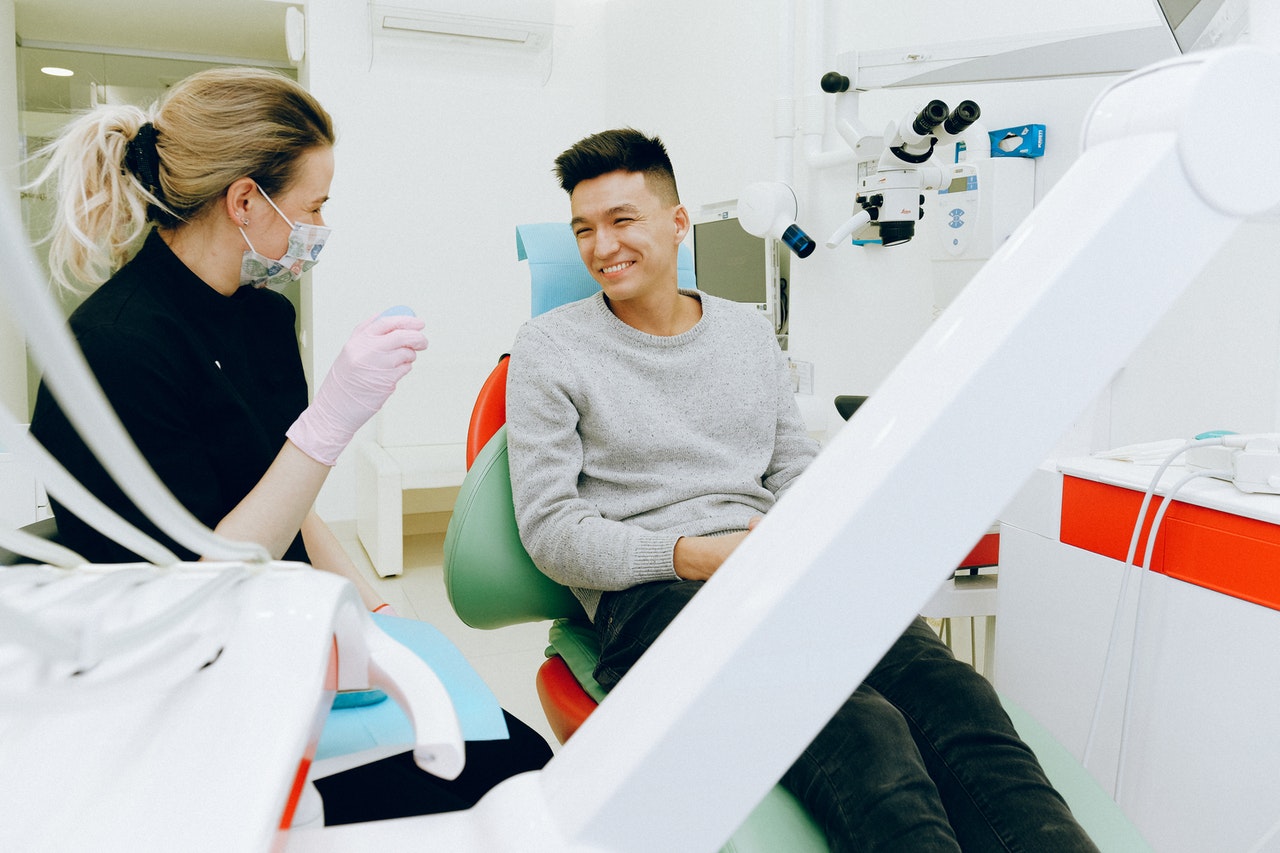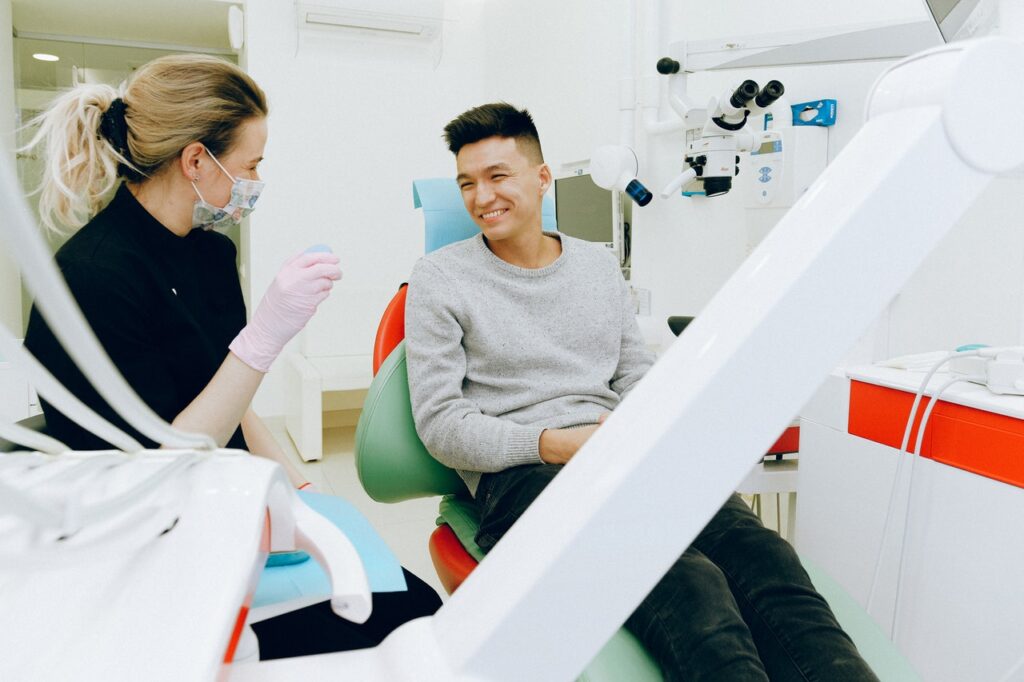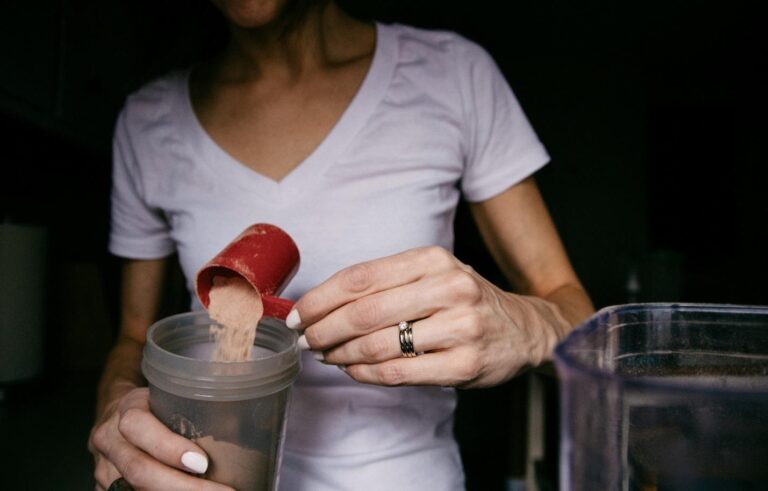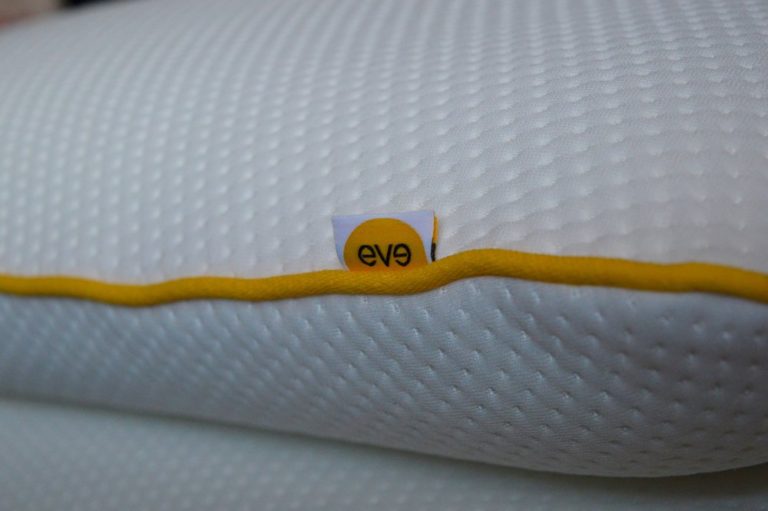6 Amazing Methods Cosmetic Dentists Use to Whiten Teeth
When it comes to your teeth, some patients want more than just clean teeth; sometimes, they also want white teeth. One useful service a cosmetic dentist in Burlington might offer is teeth whitening to restore the lustre of your teeth and combat discolouration. Over time, your teeth can become discoloured, thanks to foods like red wine or coffee, or through ageing. Teeth whitening is there to spruce up your smile and make your teeth gleam again.
Photo by Anna Shvets
6 Amazing Methods Cosmetic Dentists Use to Whiten Teeth
How Does Teeth Whitening Work?
In a nutshell, teeth whitening is any method that makes your teeth appear whiter. There are two general ways this can be done: bleaching or whitening. Bleaching products typically contain peroxide (hydrogen peroxide or carbamide peroxide). These products remove surface and deep stains on the teeth, which can leave teeth looking brighter than their natural shade. Products that simply remove food or debris from teeth are referred to as whitening products.
What Are Your Options for Whitening Your Teeth?
If you’ve been thinking of whitening your teeth, you’re in luck, cosmetic dentistry Cornwall and locations near you can help. There are a number of teeth whitening treatments available to give you more choices that may work for you. Some of these can be performed at home on your own, allowing you to whiten your teeth on your own time. Keep these choices in mind so you can find a method that works for you.
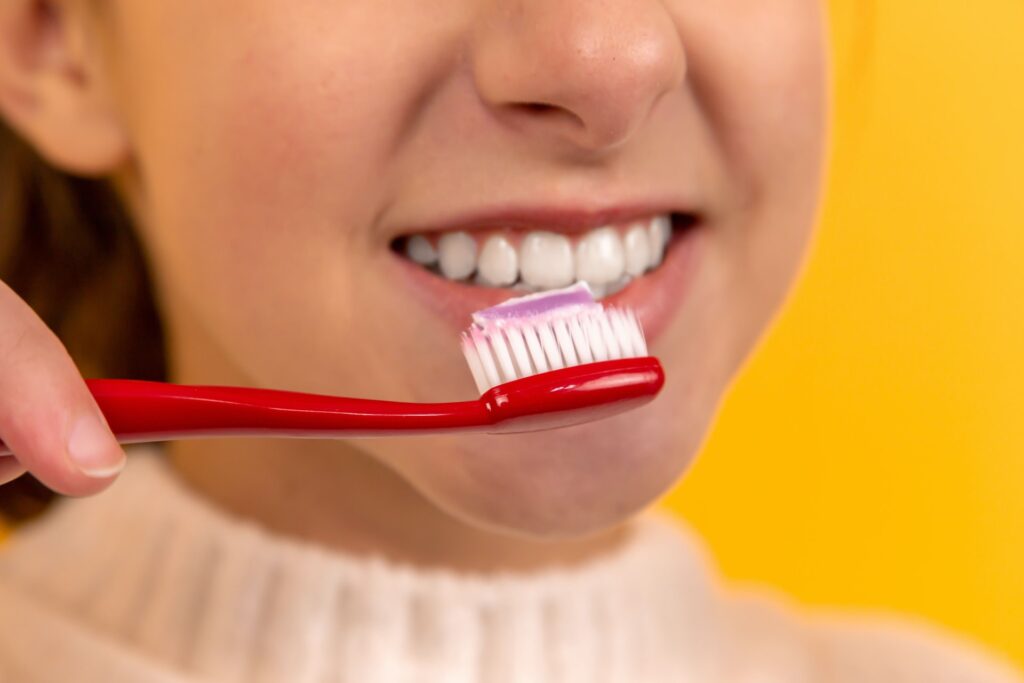
Photo by Diana Polekhina
In-office Whitening
For most people, in-office whitening is usually the go-to option for teeth whitening. Professional tooth whitening is one of your best options. A cosmetic dentist in Brampton not only has the training and tools to do it well, but they can also offer help finding the best treatments and supervise a plan to maximize the effects and minimize complications.
Professional whitening in a dental clinic typically takes an hour. The process usually involves applying a tooth whitening gel, then aiming a heating lamp to your teeth for three 20-minute intervals. Some dentists may also use a laser, which may accelerate the whitening process. To ensure the gel stays on your teeth, your dentist uses a barrier to keep your lips, gums, and tongue away from the gel. Optionally, your dentist may also give you whitening trays moulded to your teeth so you can follow up at home.
Whitening Toothpaste
Toothpaste typically contains mild abrasives like silica or baking soda, which help remove surface stains from the teeth. However, there is also whitening toothpaste specifically designed to lighten the colour of your teeth. While they do not contain bleach, they do contain extra polishing or chemical agents that can help remove additional stains and add some whiteness to the teeth. Most whitening toothpaste can only slightly brighten your teeth, but some prescription-grade toothpaste are significantly more effective. Consult your dentist to find out if those toothpaste would work for you.
Whitening Trays
Tooth whitening trays are a common method of whitening your teeth at home. All trays, whether purchased over-the-counter or from your dentist, involve filling a mouthguard-like tray with whitening gel that contains a peroxide-based bleaching agent. The trays are usually worn for a few hours each day, or even overnight.
For optimal results, dentists advise using dentist-dispensed kits that contain a higher percentage of bleach, giving you faster and more effective results. Your dentist can also take a mould of your teeth to create a fitted tray that keeps the bleach in closer contact with your teeth. Not only does this ensure a more comfortable fit, it also prevents the gel from coming into contact with the gums and causing irritation.
Whitening Strips
Whitening strips are another common DIY whitening option. These strips are made from thin, flexible plastic and coated with a low concentration of bleaching product. As the strips are flexible, they easily conform to the shape of your teeth, allowing them to be worn as you do other activities. You usually keep them on for 30 minutes, after which they are discarded.
Most strips are intended to be used twice a day for two weeks. Most whitening strips are safe to use as the amount of peroxide is low enough to avoid complications. However, for safety reasons, refrain from using strips that contain chlorine dioxide, which can wear down tooth enamel.
Whichever approach you choose, always consult your dentist first, especially if you have conditions like sensitive teeth or plenty of fillings, veneers, or dental implants. There are certain types of discolouration that cannot be corrected by teeth whitening, and certain medical conditions can reduce the effectiveness of the treatment. To be on the safe side, get your dentist’s opinion before trying any teeth whitening attempts.
How Long Does Teeth Whitening Last?
Take note that teeth whitening doesn’t last forever. Depending on your diet, the whiteness can start to fade as early as a month after your treatment. However, how long it takes for the whiteness to fade can depend on a number of factors, like the level of staining and what treatment you used. As a general rule, some of the tips that can help keep your teeth bright after treatment include:
- Avoid food and drinks that stain. Some examples include wine, sports drinks, carbonated drinks, and coffee.
- After eating any foods that could stain the teeth, brush after about 30 minutes to avoid giving them time to settle.
- Brush at least twice a day, and follow up with flossing and rinsing with mouthwash to eliminate remaining residue and kill germs.
- Use a whitening toothpaste once a week to remove surface stains and prevent yellowing.
- Drink with a straw more often. Using a straw minimizes contact between your teeth and potentially staining drinks, allowing you to maintain your teeth’s whiteness.
- Get regular dental cleaning to give your teeth in-depth cleaning. This removes plaque that could contribute to future stains.
- Consider touch-up treatments. Depending on the whitening method used, you may need a touch-up every few months, especially if you smoke or drink stain-causing beverages.
When it comes to whitening your teeth, you have a variety of choices available. Whether you visit the dentist for in-office whitening or do it at home, you can find a convenient method that lets you brighten your teeth without any fuss. Keep this guide in mind the next time you’re considering getting teeth whitening in London.
When you’re ready to get that pearly white smile, simply search for a term like “dentist near me queens village” on the internet to get a list of dental experts that you can visit.

